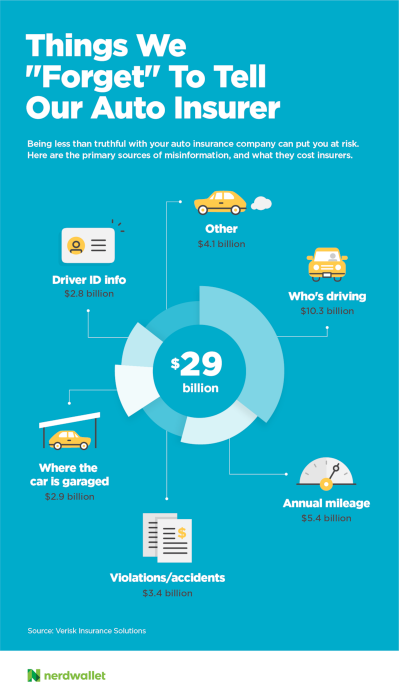A reverse mortgage is a special type of home loan that allows homeowners 62 and older who have paid off all or most of their mortgage to withdraw some of their home’s equity and convert it into cash. When evaluating the costs of a reverse mortgage against other potential retirement strategies, you’ll want to look at Home Equity Conversion Mortgages, or HECMs, in particular. HECMs account for nearly all reverse mortgage loans in the U.S. and are insuredby the Federal Housing Administration. Reverse mortgages differ from other types of home equity loans in a number of ways, one of which is higher costs. Fees will include mortgage insurance premiums, both initial and annual; third-party fees for closing costs; a loan origination fee, capped at $6,000; and a loan servicing fee. It’s also worth noting that reverse mortgage rates tend to be higher than traditional home loans, and will vary depending on how much you borrow, how you withdraw your proceeds, the home’s appraised value and your credit profile, among other factors. To get to the bottom of reverse mortgage costs, we asked two experts to weigh in: Dan Hultquist, co-chair of the education committee at the National Reverse Mortgage Lenders Association, and Paul Fiore, executive vice president of retail lending at American Advisors Group. Here are their insights on HECM fees, broken down by upfront and ongoing costs:
Upfront costs- Out-of-pocket HECM counseling fee: In order to get a reverse mortgage, borrowers must undergo mandatory counseling with a third-party HECM counselor approved by the U.S. Department of Housing and Urban Development.The fee is typically around $125, according to the Consumer Financial Protection Bureau. The counseling addresses the lending process, benefits, drawbacks and eligibility requirements involved in a reverse mortgage. This fee cannot be rolled into your loan and must be paid directly to the counseling agency in most cases. The old way of thinking about reverse mortgages as a “last resort” has shifted in recent years, Fiore says. You have multiple options to tap into your home’s equity with a reverse mortgage while living in the housefor years to come. “A lot of people could really benefit from it, but they need to find someone who knows the products,” Fiore says, adding that anyone thinking about a reverse mortgage should search the NRMLA database for a member lender to work with. If you think a reverse mortgage might be right for you, contact a HECM counselor to enroll in counseling, or call HUD toll-free at 800-569-4287 to learn more. If you decide to apply for a reverse mortgage, contact an FHA-approved lenderthat can help. Deborah Kearns is a staff writer at NerdWallet, a personal finance website. Email: dkearns@nerdwallet.com. Twitter: @debbie_kearns. The article What Are the Fees to Get a Reverse Mortgage? originally appeared on NerdWallet.
– Appraisal fees: Professional home appraisals are always required for a HECM and cost about $300 to $500, on average, Hultquist says. Appraisals can be more (or less) expensive depending on the size, age and condition of your home, he adds. This is a fee you’ll need to pay upfront to an appraisal management company.
– Third-party closing costs: Expect to pay typical mortgage fees for loan recording, credit checks, title insurance and so on. Ask to see a detailed breakdown of each fee, which should be included in your closing disclosure from your lender, Hultquist says. Keep in mind that you can shop for your own title company (if you don’t want to use your lender’s suggestion) to perform the title search and provide title insurance.
– Initial mortgage insurance premium: You will be charged an initial mortgage insurance premium at closing. The initial MIP due at closing will be 0.5% or 2.5%; the percentage is determined by how you choose to receive your reverse loan proceeds (line of credit versus a lump sum, for example), according to HUD.
– Loan origination fee: Many lenders charge a loan origination fee to process, underwrite and close your loan, and a HECM is no exception. Expect to pay either $2,500 or 2% of the first $200,000 of your home’s appraised value (whichever is greater), Fiore says. Additionally, you’ll pay 1% of the amount over $200,000. Loan origination fees were the main barrier to obtaining a reverse mortgage in the past, but they’ve come down in recent years, Fiore says, and are now capped at $6,000. Although HECM origination fees can be rolled into your loan, that’s still cutting into your loan proceeds, he notes.
Ongoing costs- Annual mortgage insurance premiums: Over the life of the loan, you’ll pay an annual MIP that equals 1.25% of the outstanding mortgage balance, according to HUD. You’ll also have to pay an FHA mortgage insurance premium, which acts as collateral to ensure you receive loan advances. You can roll the MIP costs into your reverse loan, which will accrue interest for the life of the loan.
– Loan servicing fees: Lenders can charge a monthly servicing fee of up to $30 if your reverse mortgage loan has an interest rate that adjusts annually, and no more than $35 monthly if the interest rate adjusts on a monthly basis. When you close on your reverse mortgage, your lender will deduct the servicing fee cost from your available loan funds and add it to your loan balance each month, which will increase your balance over time. Also, your lender can add the cost of its servicing fee into your interest rate, which will increase your monthly loan balance.
– Long-term property costs: When you apply for a reverse mortgage, the FHA requires that you show proof of enough income (without the proceeds from your reverse mortgage) to continue paying essential items such as your homeowners’ insurance premiums, annual property taxes, homeowners’ association dues and hazard insurance premiums (if applicable to your area; these can be steep). If you have any liens on your property because you haven’t paid property taxes or HOA fees, for example, you likely won’t qualify for a reverse mortgage.
Next steps to getting a reverse mortgage





















